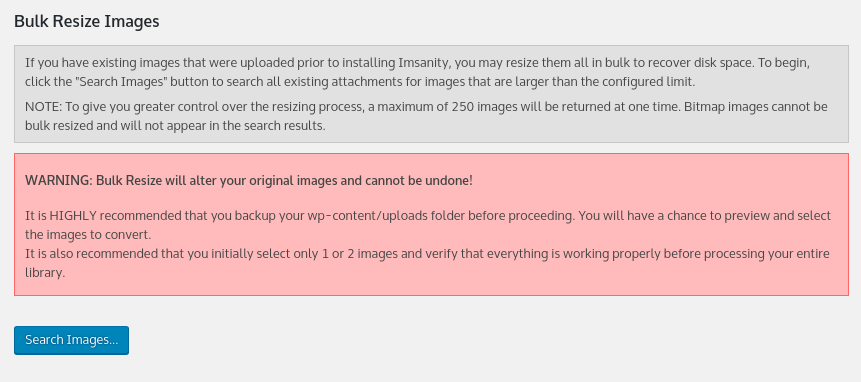

Those Optimising Plugins will edit these existing images. The enfold calculation of the new size formats will be done on upload. There are several plugins you can use for this.

Therefore you would have to recalculate the thumbnails. This small snippet reduces the quality of the recalculated images during upload.īut unfortunately it has no effect afterwards. This little snippet in child-theme functions.php : function av_return_100()Ħ5% seems to be a good compromise – but this depends of course on your pictures and your requirements for sharpness. This is not necessarily the case for a 640px image, but for the sizes : “featured”, “featured_large” and “extra_large” this is often the rule. This is meant very nicely, but leads to the fact that optimized jpgs uploaded in their original size sometimes have a smaller file size than the recalculated files which are smaller in dimension. like you save a jpg on photoshop without compressing on quality level 10 ! * Sets the default image to 100% quality for more beautiful images when used in conjunction with img optimization pluginsĪdd_filter('jpeg_quality', 'av_return_100') Īdd_filter('wp_editor_set_quality', 'av_return_100') Įnfold takes the original image on upload, unpacks it and calculates new smaller sizes, but without compression level! On functions-enfold.php: if( ! function_exists( 'av_return_100' ) )

These images are resized and should be less file size. If I, for example, upload a 2,048 x 2,048 original image, but then tell Enfold that it is a 640 x 640 image on the post, is it being resized (and served as a smaller file size)? Or am I just defining the “window” in which Enfold displays that big file? Images seem to be a big thing (as expected). I’m trying everything I can to minimize page load times and lighten I/O.


 0 kommentar(er)
0 kommentar(er)
